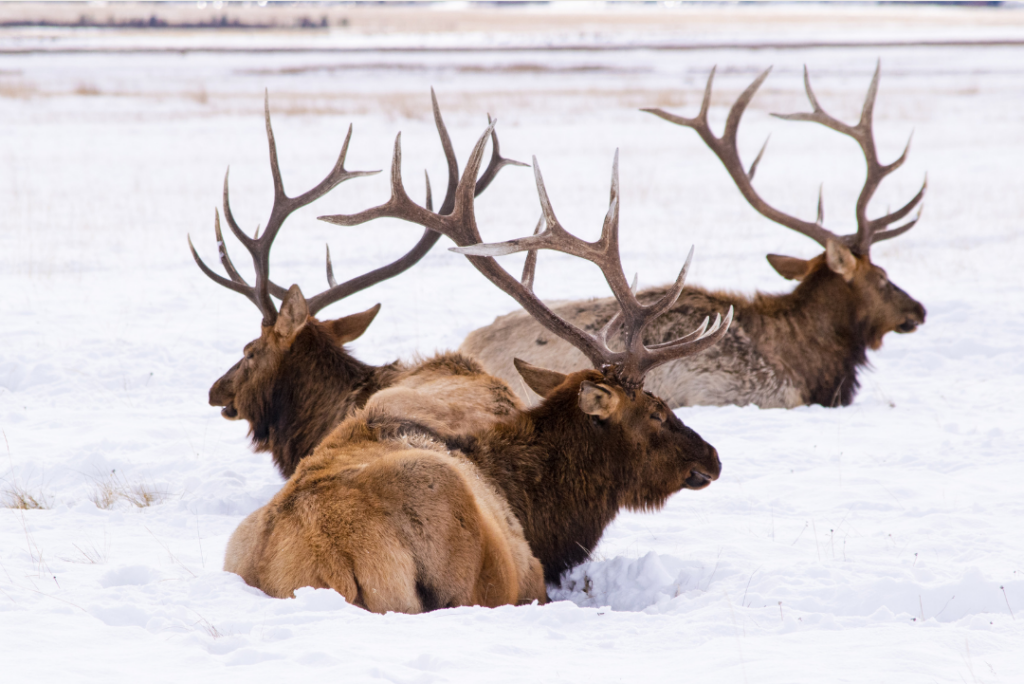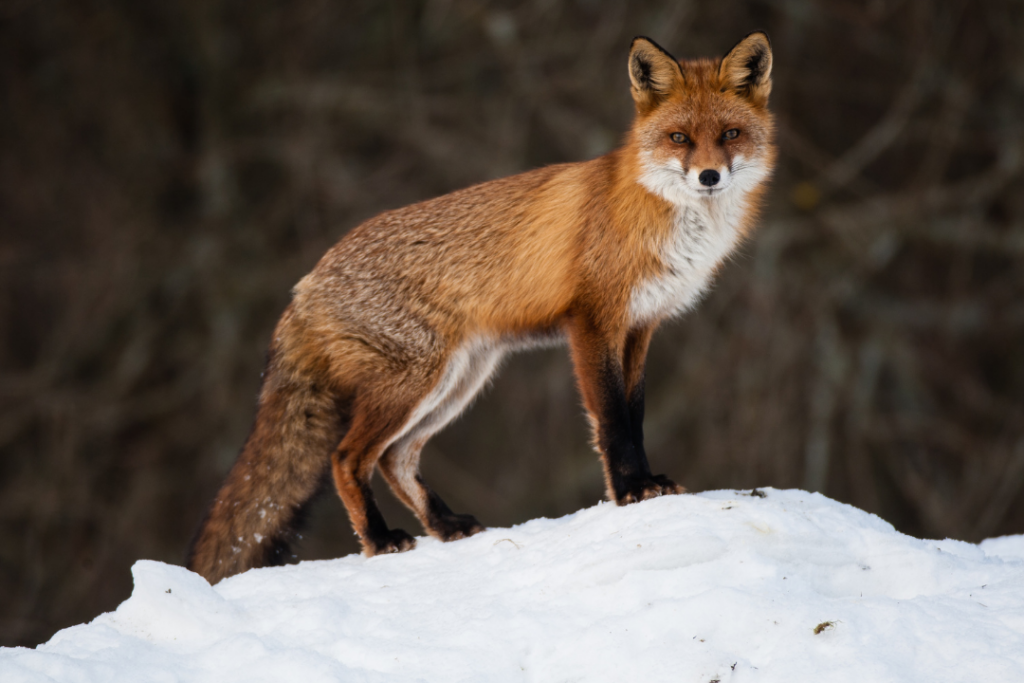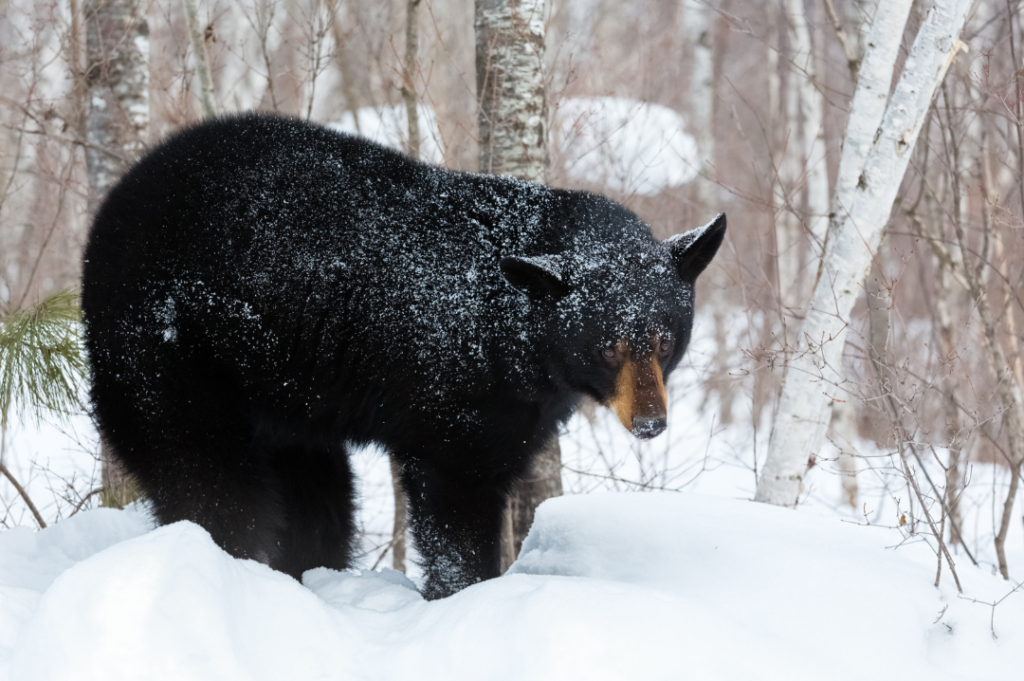Breckenridge, Colorado, is known for its stunning winter landscapes and world-class skiing, but it is also home to a diverse array of wildlife that remains active throughout the colder months. Whether you’re exploring the backcountry, hiking through the woods, or simply enjoying the scenery, it’s important to be aware of the wildlife that calls this area home and how to stay safe during an encounter. Here’s what you need to know about some of Breckenridge’s most common winter wildlife and how to safely coexist with them.

Common Winter Wildlife in Breckenridge
Moose
Moose are one of the most commonly sighted large mammals in Breckenridge, even during winter. They are well adapted to the snow, using their long legs to navigate deep drifts. While they may appear calm, moose can be unpredictable and aggressive, especially if they feel threatened or cornered.
Safety Tips:
- Always keep a safe distance (at least 50 yards) and never approach a moose.
- If a moose charges, run to put an obstacle (tree, car, building) between you and the animal.
- Look for signs of agitation, such as pinned-back ears or raised hair on the neck.
Elk
Elk migrate to lower elevations during the winter months, making them more visible in meadows and open spaces. These large herbivores travel in herds and are generally docile but can become aggressive if they feel threatened.
Safety Tips:
- Give elk plenty of space and never attempt to feed or approach them.
- During mating season (fall to early winter), bulls can be especially aggressive—stay alert.
- If you see a herd, admire from a distance and do not attempt to follow them.

Foxes
Red foxes are a common sight in Breckenridge, even in urban areas. Their thick fur keeps them warm, and they hunt for small mammals under the snow using their keen sense of hearing. Foxes are typically not aggressive but can become bold if they associate humans with food.
Safety Tips:
- Do not feed foxes—this can lead to habituation and unhealthy dependency.
- Secure garbage and pet food to avoid attracting them.
- Enjoy watching them from a distance, but never try to touch or chase them.
Coyotes
Coyotes remain active throughout the winter and are skilled hunters that adapt well to both rural and urban environments. While they usually avoid humans, they can pose a threat to small pets.
Safety Tips:
- Keep pets on a leash and do not leave them unattended outside.
- If a coyote approaches, make yourself look larger, make loud noises, and back away slowly.
- Never feed coyotes, as this encourages them to lose their natural fear of humans.
Black Bears (Occasionally Active in Winter)
Most black bears hibernate in the winter, but some may wake up for short periods or remain active if food sources are available.
Safety Tips:
- Store food and garbage securely to prevent attracting bears.
- If you encounter a bear, back away slowly—never run.
- If a bear appears aggressive, make yourself look bigger and speak firmly.

General Wildlife Safety Tips for Winter Explorers
- Stay aware of your surroundings. Use binoculars or a zoom lens for wildlife viewing instead of getting too close.
- Keep pets leashed. Dogs can provoke wildlife, leading to dangerous situations.
- Make noise while hiking or skiing. This alerts animals to your presence and reduces the chance of surprise encounters.
- Respect wildlife. Remember, these animals are in their natural habitat, and it’s our responsibility to coexist safely.
By understanding Breckenridge’s winter wildlife and following these safety precautions, you can enjoy the beauty of nature while ensuring both your safety and the well-being of the animals. Whether you’re a local or just visiting, take the time to appreciate the incredible wildlife that makes this mountain town so special!


